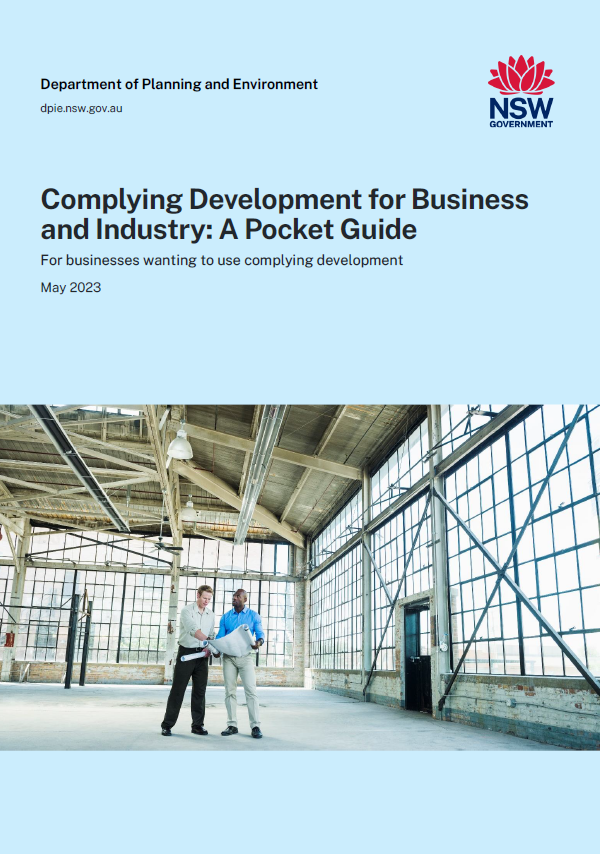You can access the NSW Complying Development for Business and Industry: A Pocket Guide here.
Commercial Change of Use in NSW:
A Step-by-Step Guide
When starting or expanding a business, one of the key legal requirements in New South Wales is the Change of Use process. This occurs when a building or premises is altered to accommodate a new business type. Before making any modifications or operating a business in a building, it's essential to obtain approval from the local council for the change of use.
What is Change of Use?
"Change of Use" refers to changing the function of a building, for example, converting a retail space into a Pilates studio. In NSW, this requires approval from the local council to ensure the new use aligns with zoning regulations, building codes, and community guidelines.
Step 1: Confirm Zoning Regulations
Before any changes are made, it's essential to check the zoning regulations of your chosen location to determine whether the proposed use (Pilates studio) is permitted.
Example: If you plan to open a Pilates studio in an area zoned for commercial retail, you must verify that a fitness studio is allowed.
Step 2: Check if a Development Application (DA) is Required
In many cases, you'll need to apply for a Development Application (DA) from the local council to proceed with the change. This process ensures that the new business will not negatively affect the neighbourhood.
Example: For a Pilates studio, you'll likely need a Development Application if you’re planning to make any changes to the building or if the business will significantly increase foot traffic.
Step 3: Prepare a Development Application (DA)
The next step is submitting a Development Application (DA) to the local council. This application typically includes detailed plans of the building, descriptions of the proposed business use, and impact assessments (parking, noise, etc).
Example: For a Pilates studio, you might need to show how the space will be adapted to include exercise equipment, changing rooms, and accessible facilities.
Step 4: Conduct Impact Assessments
Some applications may require specialized impact assessments, such as traffic studies, noise reports, or fire safety evaluations, depending on the business type and building location.
Example: If the Pilates studio will operate in a busy retail district, a traffic study may be required to assess the effect of increased customer parking.
Step 5: Submit the DA and Pay Fees
Once all documents are prepared, you’ll need to lodge the DA with your local council and pay the associated fees. The application will then be reviewed by the council, and in some cases, public consultation may be required.
Example: A Pilates studio may be subject to community feedback, especially if the business will operate during early morning or late-night hours, potentially affecting nearby residents.
Step 6: Await Council Decision
After submission, the council reviews the application and either approves it, approves it with conditions, or rejects it. If approved, you can proceed with setting up your Pilates studio. If rejected, you may need to revise your plans or appeal the decision.
Step 7: Final Compliance Checks
Once the Change of Use is approved, you’ll likely need to meet several compliance regulations, such as fire safety checks, accessibility requirements, and health standards, before officially opening the business.
Example: Your Pilates studio may need to install proper fire exits and comply with health and safety standards.
Contact us to discuss your project and find out how we can help you navigate the Change of Use process with ease.
We manage the whole process from be beginning to approval. We’ve successfully managed various projects, consistently delivering exceptional value and design to our clients.
We are so confident in our expertise that if we don’t secure your approval, we’ll refund your money. Your success is our top priority!

